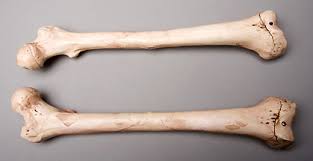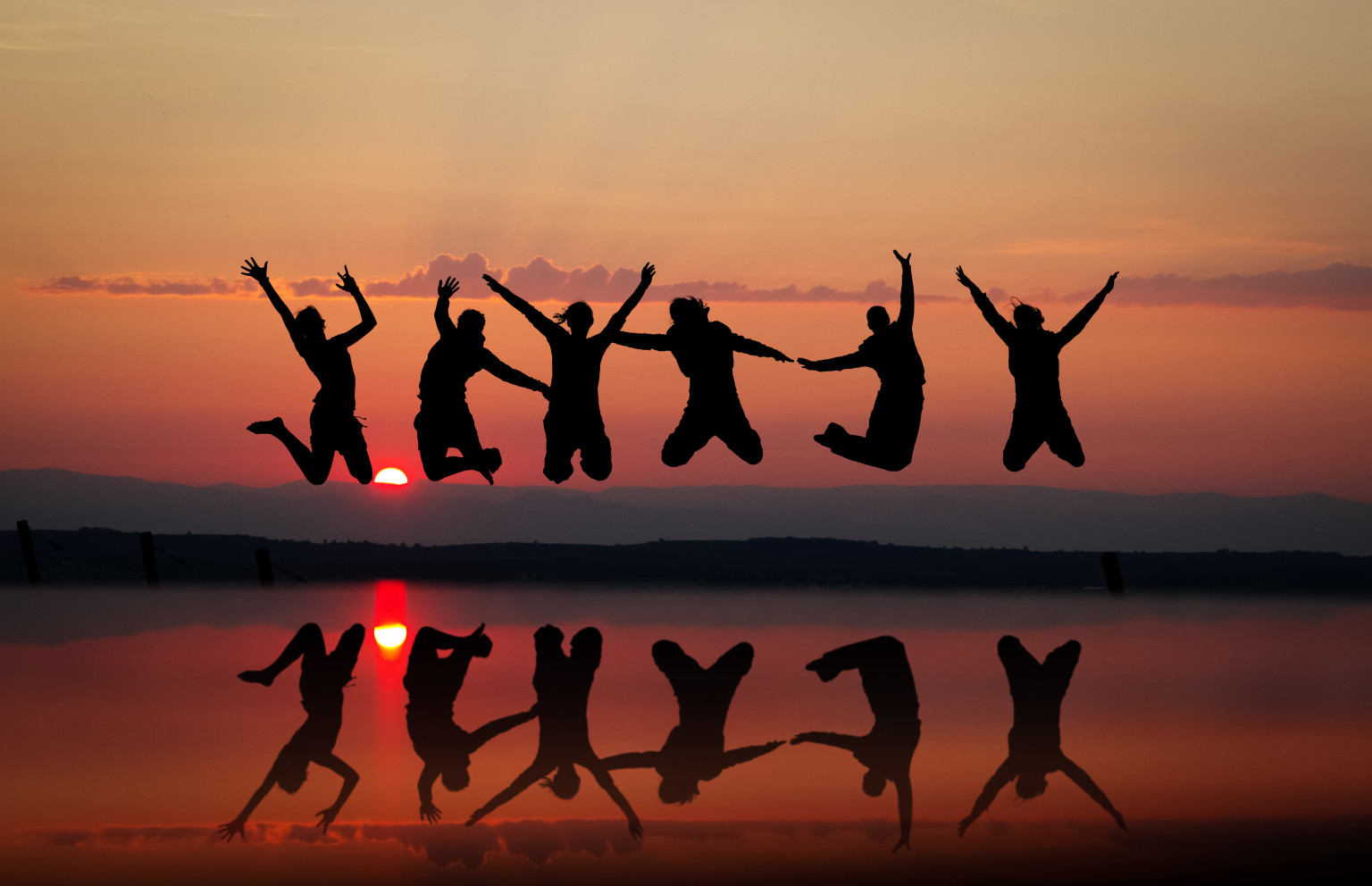Alberto M English 5
Monday, May 30, 2016
Monday, May 9, 2016
Work Book 97
B
1.One of the happiest moments in my life in my life was having dinner in italy with my husband. We were on a little island on a lake, and we were eating outside at the restaurant . And there were these musicians who where playing music. The moment when we watched the sunset was so romantic. I can´t remember when I felt happier.
2.I think the happiest day of my life was the day was the day I celebrated my 18th birthday and played volleyball on the beach. There were some other guys there who were playing a game, too, and we played againts them. They were really good, so the fact that we won felt really great. We've all stayed friends ever since, and when we get together, it always reminds me of that day.
3. My earliest happy memory was winning the school's spelling bee contest. I felt so proud as I stood there. Everyone in the audience stood up and clapped. And when I saw my parents' faces, it was the best moment. I stood on the stage for ages and didn't want it all to end.
ALBERTO MEDA
1.One of the happiest moments in my life in my life was having dinner in italy with my husband. We were on a little island on a lake, and we were eating outside at the restaurant . And there were these musicians who where playing music. The moment when we watched the sunset was so romantic. I can´t remember when I felt happier.
2.I think the happiest day of my life was the day was the day I celebrated my 18th birthday and played volleyball on the beach. There were some other guys there who were playing a game, too, and we played againts them. They were really good, so the fact that we won felt really great. We've all stayed friends ever since, and when we get together, it always reminds me of that day.
3. My earliest happy memory was winning the school's spelling bee contest. I felt so proud as I stood there. Everyone in the audience stood up and clapped. And when I saw my parents' faces, it was the best moment. I stood on the stage for ages and didn't want it all to end.
ALBERTO MEDA
Work Book Pag 92 Pag 97
1. C
2. A
3.B
4.A
5.D
6.B
7.D
8.C
B
Researches are concerned about the decline in be colonies. Some blame hard winters. In a normal winter, the numbers of bees in a hive drops By about 10% however, in recent years, beekeepers have seen an anual fall of aproximately 30% percent in of the number of bees in their hives. Some had losses Of roughly 50 percent , and some even lost nearly 90% of ther bees. Overall, the US experienced a decline of more than 70% In is total bee population. However, This doesnt exist everwhere. in fact , globally , there has been an increase Of more than 45% In the number of hives, and honey production has also risen By approximately 100% in the last 50 years.
2. A
3.B
4.A
5.D
6.B
7.D
8.C
B
Researches are concerned about the decline in be colonies. Some blame hard winters. In a normal winter, the numbers of bees in a hive drops By about 10% however, in recent years, beekeepers have seen an anual fall of aproximately 30% percent in of the number of bees in their hives. Some had losses Of roughly 50 percent , and some even lost nearly 90% of ther bees. Overall, the US experienced a decline of more than 70% In is total bee population. However, This doesnt exist everwhere. in fact , globally , there has been an increase Of more than 45% In the number of hives, and honey production has also risen By approximately 100% in the last 50 years.
Monday, May 2, 2016
Page 93 Exercise
SKIN





Eat a healthy diet
A healthy diet can help you look and feel your best. Eat plenty of fruits, vegetables, whole grains and lean proteins. The association between diet and acne isn't clear — but some research suggests that a diet rich in vitamin C and low in unhealthy fats and processed or refined carbohydrates might promote younger looking skin.
BONES
- Include plenty of calcium in your diet. For adults ages 19 to 50 and men ages 51 to 70, the recommended dietary allowance (RDA) is 1,000 milligrams (mg) of calcium a day. The recommendation increases to 1,200 mg a day for women after age 50 and for men after age 70.Good sources of calcium include dairy products, almonds, broccoli, kale, canned salmon with bones, sardines and soy products, such as tofu. If you find it difficult to get enough calcium from your diet, ask your doctor about supplements.
- Pay attention to vitamin D. Your body needs vitamin D to absorb calcium. For adults ages 19 to 70, the RDA of vitamin D is 600 international units (IUs) a day. The recommendation increases to 800 IUs a day for adults age 71 and older.
MUSCLES
Warm Up and Cool Down
Before beginning any sort of physical activity, it’s crucial to spend 10-20 minutes warming up. Focus on warming up the muscles you’ll be using during your workout. A brisk walk, a light jog, or light weight training can help your muscles prepare for more intense activities such as a long run, sprints, or heavy weight training.
After exercising, be sure to spend another 10-20 minutes cooling down. The cool-down process is similar to the warm-up process, except at a slower pace. Perform a less intense activity to allow your muscles to fully recover.
Stretch
Spending 10-15 minutes stretching your main muscle groups can drastically reduce muscle tears. Hold each stretch for 20 seconds to allow the muscles to become more flexible, and therefore less likely to sustain injury. Stretching out your muscles also helps them reach their full range of motion.
BRAIN

1. GETFIT As if this isn’t beaten into our heads enough, we now have another reason to get our butts, or brains, to the gym. Your brain needs circulation, blood flow, and oxygen just as much as other organs and muscles do in order to function productively. Accordingly, aerobic exercise has been found to reduce brain cell loss in elderly patients and allows for new cells to grow. There aren’t requirements on duration so long as you are actively exercising each day or regularly.
2. Feed Your Brain
Research shows eating a diet specifically low in fat and cholesterol but high in protein and sugar can reduce the risk of developing dementia and side effects leading to the disease
LIVER
Care for Your Liver
Here are some ways to keep your liver healthy:
Don't drink a lot of alcohol. It can damage liver cells and lead to the swelling or scarring that becomes cirrhosis, which can be deadly.
How much alcohol is too much? U.S. government guidelines say men should drink no more than two drinks a day and women only one.
CIRCULATION
1. Movement in a circle or circuit, especially the movement of blood through bodily vessels as a result of the heart'spumping action.
2.
a. Movement or passage through a system of vessels, as of water through pipes; flow.
b. Free movement or passage.
3. The passing of something, such as money or news, from place to place or person to person.
JOINTS
Junctions between bones whether or not obvious movement is possible. There are three types-fibrous,cartilaginous, and synovial. Fibrous joints, such as those between the bones of the vault of the skull (CRANIUM) allow littleor no movement. Cartilaginous joints, such as those between the ribs and the breast-bone (sternum), allow limitedmovement. Synovial joints, such as the shoulder, elbow, hip and knee joints, are freely movable and have lubricated bearingsurfaces. Synovial joints are enclosed in capsules and are reinforced by internal and external ligaments. The range ofmovement varies with the construction of the joint.
KIDNEY
A pair of organs located on each side of the spine in the lower back area. They excrete, or get rid of, urine.Mentioned in: Bed-Wetting.
LUNGS
The paired, air-filled, elastic, spongy organs occupying each side of the chest and separated by the heart and thecentral partition of the chest known as the mediastinum.
SINUSES
1. A recess.
2. A cavity with a narrow opening.
3. An endothelia-lined, air-filled cavity within a bone. (When nonmedical people speak of 'sinuses', they are generallyreferring to this type of sinus, specifically, to the paranasal sinuses.)
4. An endothelia-lined channel for venous blood.
5. A channel leading to an abscess.
Subscribe to:
Posts (Atom)
